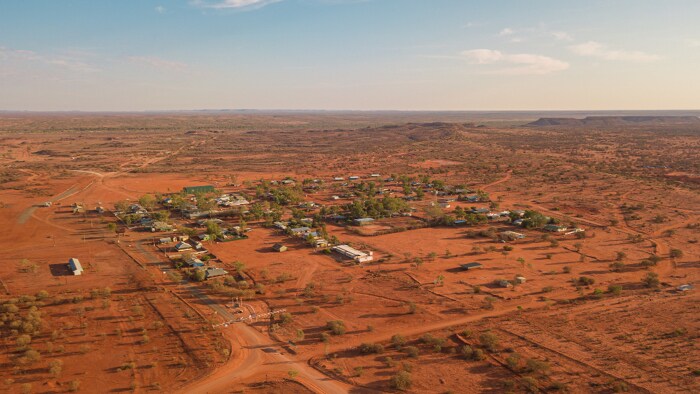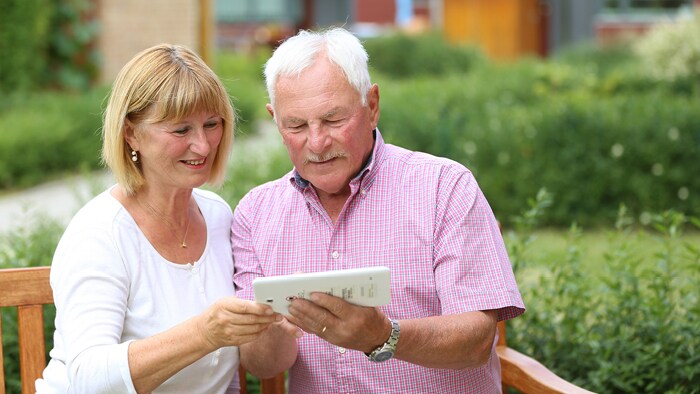While it could be easy to assume people throughout Australia and New Zealand all enjoy ready access to care, reality paints a different picture. It’s true that we have robust, well-funded health systems. However, issues like geographic distance and socioeconomic disparity have made equitable healthcare access difficult to achieve. For people living in rural and remote locations, for example, delivering care can be costly and logistically challenging, and these communities have long experienced poorer health outcomes than their urban counterparts. COVID-19 has underscored pre-existing challenges and intensified them by burdening healthcare resources, leaving fewer for other health matters. In Australia, for example, staff and ambulance shortages and the backlog of elective surgeries has led to peak medical bodies expressing concerns that lives are being put at risk [1]. Between October and December 2021, the median waiting time for non-urgent surgery in New South Wales was 282 days, and 10 per cent of patients had to wait more than 420 days for non-urgent surgery [2]. On the upside, the pandemic has highlighted the power of technology to transform service delivery, presenting a compelling opportunity to improve healthcare access throughout Australia.
Barriers to accessing healthcare
In developed countries like Australia and New Zealand, services like hospitals, allied health and aged care are a given. Despite this, quality healthcare is not guaranteed for all. Barriers to access are complex and multifaceted, and include: The situation in Australia’s aged care sector is a prime example of the issues associated with access barriers. A 2020 report by the Productivity Commission found older people were waiting a median of 152 days after receiving approval to access aged care services, while approximately 40 per cent of people seeking admission into aged care facilities had to wait nine months or longer .
Access to healthcare in rural Australia
Some cohorts experience particular challenges. In 2015-2016, Australians living in remote areas were more likely to report barriers accessing GPs and specialists than those in major cities [4]. And in 2017–18, potentially preventable hospitalisation rates in very remote areas were 2.5 times higher than those in major cities. In the Northern Territory, five public hospitals service a population of just under 250,000 people. NT Health’s 2020-21 Annual Report revealed that Top End Health did not meet key performance indicators, including emergency clearance rates and wait times for elective surgery. Furthermore, only 68 per cent of patients who were required to have surgery within 30 days were admitted in time. Clearly, COVID-19 has exacerbated existing obstacles by straining resources to the limit. Lockdowns, vaccine mandates and close contact rules have stretched staffing to extremes. COVID-safe measures have also made it more time-consuming and difficult for people to accompany or visit loved ones receiving care.

Meanwhile, psychological distress rates have increased [5], especially among young people, while new figures show just 16% of Australians are accessing GP Chronic Disease Management Plans – despite almost one in two having a chronic condition [6]. These figures emphasise the urgent need to address barriers and foster equitable service access.
Technology can create better access for all
While barriers have increased over the past couple of years, they are not insurmountable. Health technology companies like Philips can play a central role in solving them. Healthcare technology use has been slowly increasing, but COVID has catalysed industry-wide adoption. Many providers have capitalised on innovative healthcare technology to continue serving their patients, with examples including telehealth consultations, electronic prescribing and remote examination and monitoring using innovative medical devices. These successful programs demonstrate that healthcare doesn’t necessarily have to be delivered within a hospital or clinic. Drawing on lessons about the successful digital transformation of healthcare gleaned during the pandemic will strengthen health systems and foster more equitable care access. The Australian Government has acknowledged the vital future role of health technology, announcing a $106 million investment towards permanent telehealth in December [7]. As former Minister for Heath and Aged Care, Greg Hunt noted, telehealth will “continue to improve the level of access to quality care, particularly for those in regional, rural and remote Australia”.
Partnerships key to more equitable access
Adequate funding goes a long way to improving healthcare access and highlights another key success factor – strong partnerships. Collaboration between a wide range of organisations has driven numerous successful ventures already. For example, governments, regulatory bodies, universities, and pharmaceutical companies around the world harnessed their respective strengths to rapidly develop and deliver COVID-19 vaccines. Similarly, healthcare technology companies have partnered with researchers, peak bodies and health service providers to devise fresh ways of providing health services. At Philips, we’re committed to achieving equitable access to care for all Australians and New Zealanders. We know technological innovation alone isn’t enough to achieve Universal Health Coverage by 2030. It also requires collaborative discussions that promote innovative thinking in partnership with organisations that share our vision. That’s why we focus on connecting people, data and technology – together with our customers and partners.

In a 2018 collaboration with Heart of Australia, we fitted out a 26-metre ‘clinic on wheels’ with specialist medical equipment to support the heart health of regional Queenslanders. This year, we’re joining them again to improve access to lung checks for mine and quarry workers. Decking out another truck with our advanced mobile CT technology will facilitate earlier detection, diagnosis, and treatment in underserved communities across rural and remote Queensland. We’re also partnering with the Committee for Economic Development of Australia (CEDA) and The Economist to promote discussions about the digitalisation of healthcare among healthcare leaders.
Innovation for a fairer future
While obstacles to equitable healthcare access are large and complex, an approach that focuses on innovation through collaborative partnerships is a proven path towards increasing access to care. Australia and New Zealand’s modern and well-funded health systems are well placed to innovate, but we must ensure transformation promotes fairer access. At Philips, we’re committed to raising awareness and developing meaningful solutions to support underserved communities. By partnering with organisations who share our goal, we believe we can contribute to a future where all communities benefit from quality health services that foster good health outcomes. [2] https://www.bhi.nsw.gov.au/__data/assets/pdf_file/0007/715192/BHI_HQ47_OCT-DEC_2021_REPORT.pdf [5] https://www.aihw.gov.au/reports/burden-of-disease/the-first-year-of-covid-19-in-australia/summary [6] https://www.aihw.gov.au/reports/chronic-disease/use-of-medicare-chronic-disease-management/summary
Stay up to date and subscribe
Sign up to stay informed and receive information on healthcare innovation, straight to your inbox










